Frequently Asked
Questions
Have questions about Zeochem Chromatographic Gels? Start Here.

FAQs
Bonding different chemical groups onto the surface of bare silica results in functionalized silicas which give higherselectivity towards specific molecules.
- Bare/Silica has a high polar surface, it is the most popular stationary phase, ideal for conventional applications (normal phase separations, non-polar target molecules, pharmaceuticals, natural products)
- C4; suited to molecules with large hydrophobic regions, peptides, proteins. Usually combined with a large pore size for big biomolecules (>1000Da)
- PHE/phenyl; moderately nonpolar for aromatic compounds, aflatoxins, caffeine, phenols.
- C8; highly hydrophobic pesticides, peptides, drugs
- C18; more apolar than C8 and in reversed phase chromatography higher retention than C8. Has a non-polar surface, ideal for pharmaceuticals, steroids, fatty acids, peptides, proteins, pesticides, PCB's
- Amino/NH2has a medium polar surface, ideal for carbohydrates and nitrogen containing heterocycles and amines. Scavenger applications.
- Diol has a less polar surface (than bare silica) and still many hydroxy-groups, ideal for lipids; Our best option for many SFC applications.
- Cyano/CN unique selectivity for polar analytes with widely different chemistry eg. Cyclosporine, carbohydrates
- Thiol/SH; Mainly used for scavenging
- SCX/SO4-:Ion Exchange for strong cation
- SAX/TMA; Ion exchange for weak anion
- NH2P; Ion exchange for scavenging
- Size and distribution of the silica particles effect the packing efficiency of the columns and therefore process performance.
- The higher the packing density, the higher the surface area, the more interaction between eluent and separation material resulting in higher efficiency separation. However, the higher the packing density, the smaller the mean particle size is and therefore the higher the backpressure will be.
- Irregular silica beads to be used in low -medium pressure systems
- Spheroidal Silica beads can be used in low to high pressure systems
- Spherical silica beads primarily used for high-resolution high-pressure systems
- The larger the molecular weight of the target molecule to be separated the larger the pore size needs to be. The sample molecules need to be able to interact with the pores of the particle to create an efficient separation mechanism. If the pores are smaller than your target molecule it will not be retained and elute immediately.
- The larger the average pore size of the material the smaller will be the effective surface area. If you have less surface area available, your separation is generally less efficient. It is important to choose the right pore size for your target molecule.
- Morphology of the silica particles; meaning bead shape
- Surface area: this is a function of particle- and pore size
- Surface functionalisation
- Particle size distribution in terms of range and actual distribution of particles within the range (D10/D50/D90)